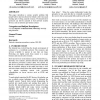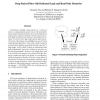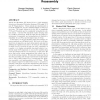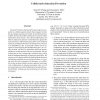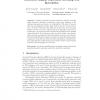SIGCOMM
2012
ACM
11 years 12 months ago
2012
ACM
This paper introduces a serious security problem that people believe has been fixed, but which is still very much existing and evolving, namely evasions. We describe how protocols...
FCCM
2004
IEEE
14 years 1 months ago
2004
IEEE
Searching for multiple string patterns in a stream of data is a computationally expensive task. The speed of the search pattern module determines the overall performance of deep p...
SIGCOMM
2006
ACM
14 years 3 months ago
2006
ACM
Ptacek and Newsham [14] showed how to evade signature detection at Intrusion Prevention Systems (IPS) using TCP and IP Fragmentation. These attacks are implemented in tools like F...
INFOCOM
2006
IEEE
14 years 3 months ago
2006
IEEE
— The recent surge of new viruses and host attacks in the Internet and the tremendous propagation speed of selfdistributing attacks has made network security a pressing issue. To...
WETICE
2007
IEEE
14 years 3 months ago
2007
IEEE
Intrusion Prevention Systems (IPSs) have long been proposed as a defense against attacks that propagate too fast for any manual response to be useful. In an important class of IPS...
RAID
2009
Springer
14 years 3 months ago
2009
Springer
Intrusion prevention systems determine whether incoming traffic matches a database of signatures, where each signature in the database represents an attack or a vulnerability. IPSs...
